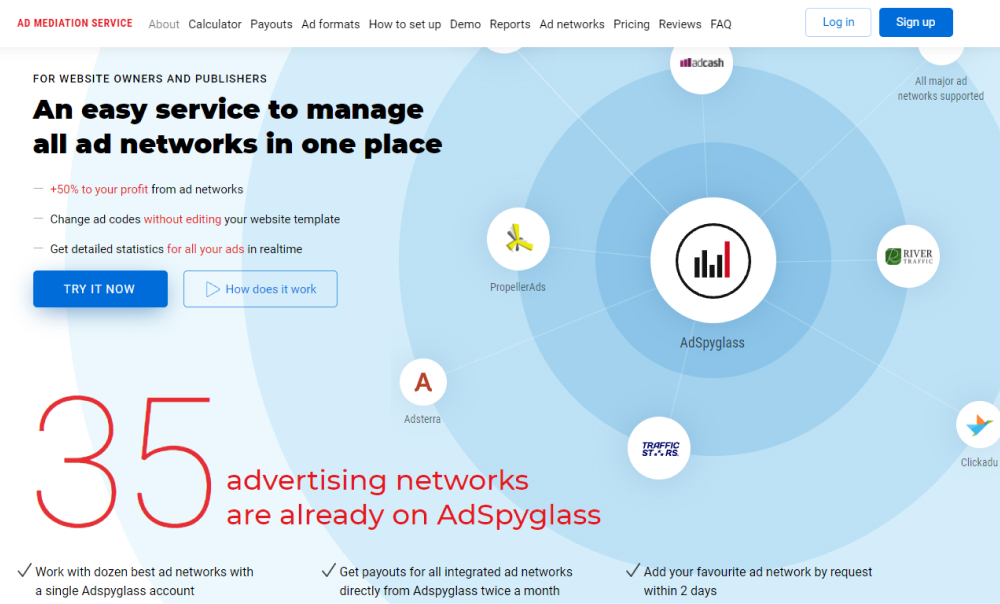User Experience (UX) is a collection of emotions from the user’s interaction with the interface of a system, product, or service. When analyzing the indicator of UX it is necessary to examine a wide variety of user reactions before, during, and after interacting with the interface. Much attention has to be paid to the following factors: ease and speed of completing tasks, information architecture, visual design, usability, accessibility, credibility, value.
Prioritizing a website’s user experience is of the highest importance because it influences the reputation of a brand, the rate of sales, and the loyalty of customers. It is proved that 94% of first impressions are related to the design of the interface. Moreover, 79% of users choose to quit a website and search for another one if it does not meet their visual expectations. A lack of information, poor filling, primitive design affect the conversion rate and therefore reduce sales. The ultimate goal of user experience design is to develop and improve the quality of interaction between the user and any digital representation of the company.
UX design should be performed step by step, according to several stages:
- A thorough study of the audience. It is important to understand for whom the interface is being designed and to take into account the needs and desires of the users
- Description of scenarios of user interaction with the product
- Drawing up a project idea on the basis of the data collected about the target audience
- A/B-testing your designs and choosing the best-performing one
